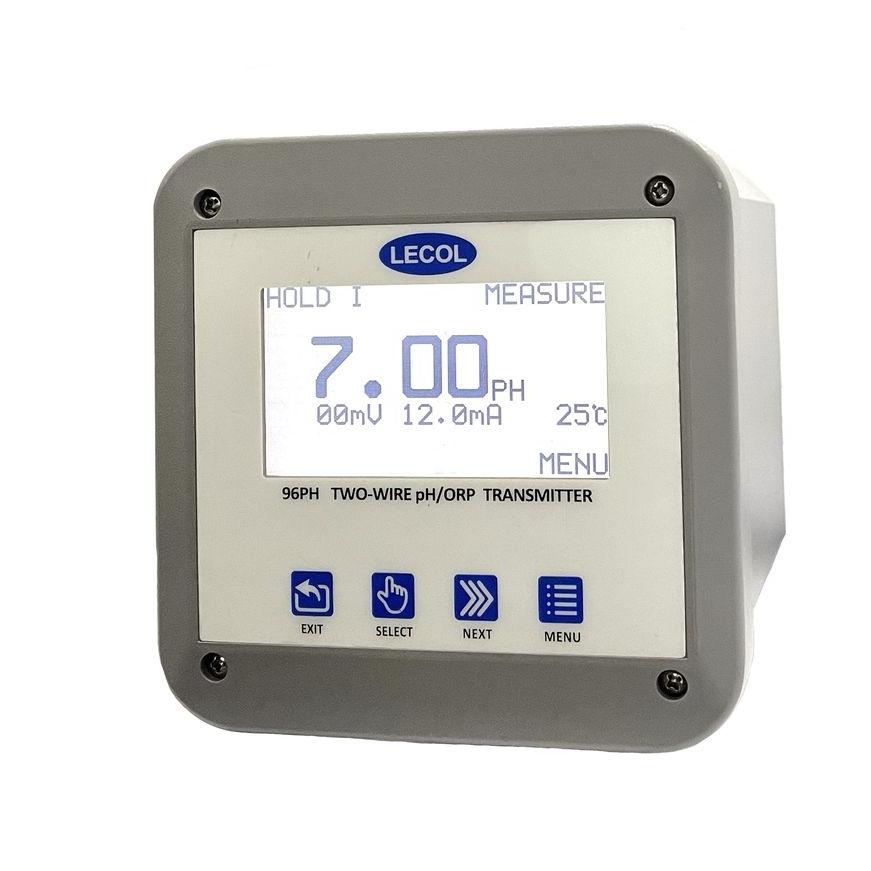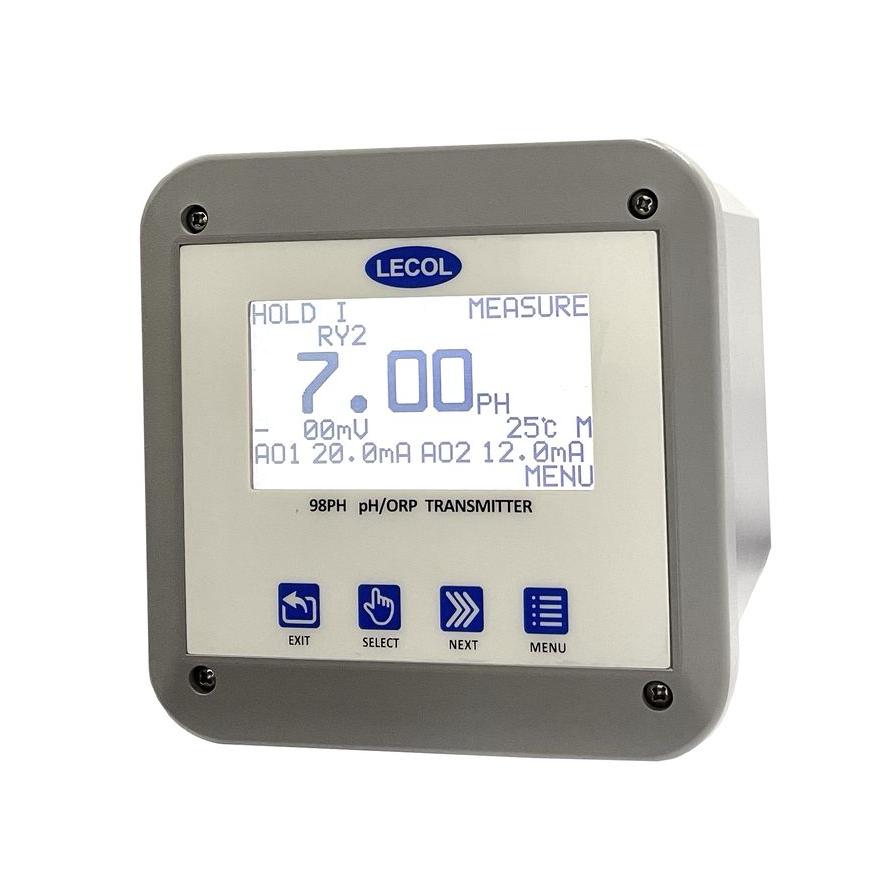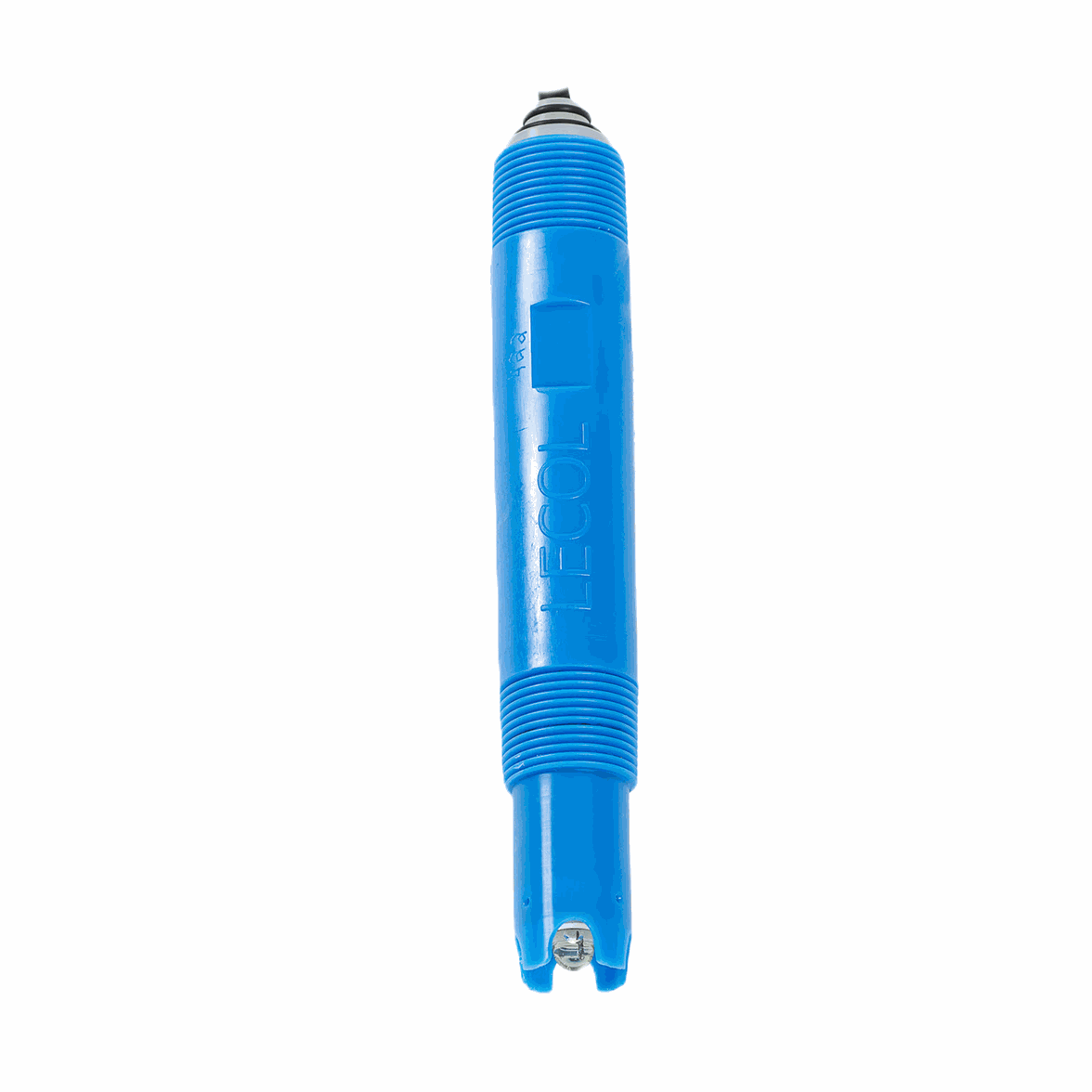Petrochemical Industry

Overhead crude condensed water
In the process of refinery separate crude oil, there are many hydrocarbon and non-hydrocarbon components.
Undesirable non-hydrocarbon component ,such as water.
Condensed water out of the crude oil distillation tower is acidic,
Left untreated, the acidic water will cause corrosion of piping, condensers and the tower.
Usually the refinery adds neutralization chemicals to minimize corrosion.
The challenges of pH measurement tin the condensed water is because of the residual hydrocarbons tend to plug up the porous reference junction.
And the contamination like Hydrogen sulfide can poison reference electrolyte.
Hence that, the pH sensor in this application require cleaning and maintenance frequently.
LECOL pH sensor model B65/B75 is the recommendation for this application because the solid reference design gives process chemicals longer path to reach out he silver reference , that is makes sensor have longer lifespans.
Product Recommendation
- 2-wire pH/ORP analyzer
transmitter model: 96PH
sensor model: B65 (inline style)
B75 (insertion style) - 4-wire
pH/ORP
analyzer
transmitter model: 98PH
sensor model: B65 (inline style)
B75 (insertion style)
Product Recommendation
Refinery Quench Water
To reduce the environmental impact, removal of sulfur compounds is one of major challenge in oil refiners. Sour gas and sulfide containing contaminants is produced when sulfur is converted into hydrogen sulfide and organic sulfides.
Most refineries have a Sulfur Recovery Unit (SRU) first for recover 96~99% of sulfur by oxidizing it with sulfur dioxide.
Any residual gas which called tail gas is undergoes to the process in a Tail Gas Cleanup Unit(TGCU)
The tail gas heated in a reactor in the first Stage of the TGCU to convert the sulfur compounds to H2S gas. Then the hot sour gas flowed into exchanger for cooling and become steam and flows to the quench tower, water sprays down from above as the H2S gas flow through the quench tower. the quench water react with the H2S gas and create sour water. Depend on its pH, some is removed for treatment and replace by the fresh make-up water.
To avoid corrosion of the tower and the downstream unit, the pH control of the sour quench water is very important.But the sulfides and other ions in the quench water is the challenge for this pH measurement. The high concentration of sulfides can poison the reference electrode very quick.
LECOL pH sensor model B65/B75 is the recommendation for this application because the solid reference design gives process chemicals longer path to reach out he silver reference , that is makes sensor have longer lifespans.
Product Recommendation
- 2-wire pH/ORP analyzer
transmitter model: 96PH
sensor model: B65 (inline style)
B75 (insertion style) - 4-wire pH/ORP analyzer
transmitter model: 98PH
sensor model: B65 (inline style)
B75 (insertion style)



